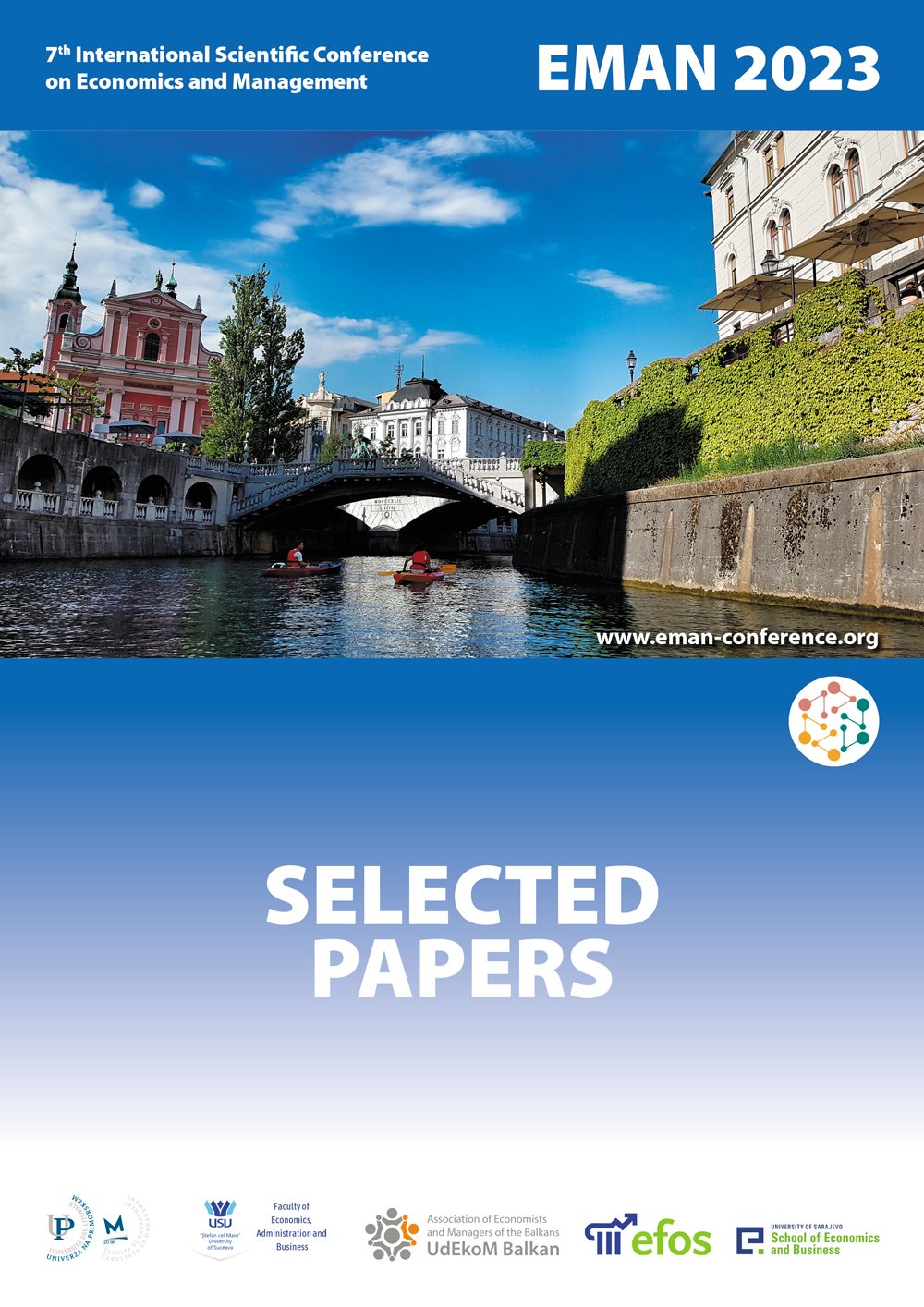The Impact of Income Quintile on the Frequency of Fruit and Vegetable Intake by Inhabitants of European Countries
The Impact of Income Quintile on the Frequency of Fruit and Vegetable Intake by Inhabitants of European Countries
Author(s): Elena Hoškova
Subject(s): Social Sciences, Economy
Published by: Udruženje ekonomista i menadžera Balkana
Keywords: Frequency of fruit and vegetable intake; Income quintile; Similarity of preferences
Summary/Abstract: Many studies agree that the population's income affects compliance with the principles of rational nutrition. The basis of rational nutrition is the consumption of fruits and vegetables. The paper aims to identify European countries in which inhabitants of the same income groups have similar preferences regarding the weekly frequency of fruit and vegetable consumption. EU-SILC data from 2019, from 30 European countries, available at Eurostat, were used for the analyses. The frequency of consumption of fruit and vegetables was selected at least once a day, from 1 to 3 per week, from 4 to 6 per week and never or occasionally. Descriptive analysis, factor analysis, principal component analysis method and cluster method of hierarchical clustering, Ward's method, were used for the analyses. The results of the descriptive analysis show that, on average, the most preferred frequency of consumption of fruits and vegetables is at least once a day in the monitored countries. It is most preferred by inhabitants of the fifth quintile (55.707% for fruit consumption, and 54.796% for vegetable consumption). The least preferred frequency of fruit and vegetable consumption is never or occasionally. It is the least preferred among the inhabitants of the fifth quintile (5.826% for fruit consumption, and 2.767% for vegetable consumption). Factor analysis identified 7 factors that affect the preferences of inhabitants regarding the consumption of fruits and vegetables in the monitored countries. These factors were the inputs to the cluster analysis, which divided the countries into 5 clusters. The largest cluster of countries was made up of the inhabitants of the Czech Republic, Denmark, Estonia, Greece, Austria, Poland, Slovakia, Finland, Sweden, Iceland, and Turkey, where up to 35% of the monitored countries were included.
Book: EMAN 2023 – Economics & Management: How to Cope with Disrupted Times - SELECTED PAPERS
- Page Range: 81-90
- Page Count: 10
- Publication Year: 2023
- Language: English
- Content File-PDF

